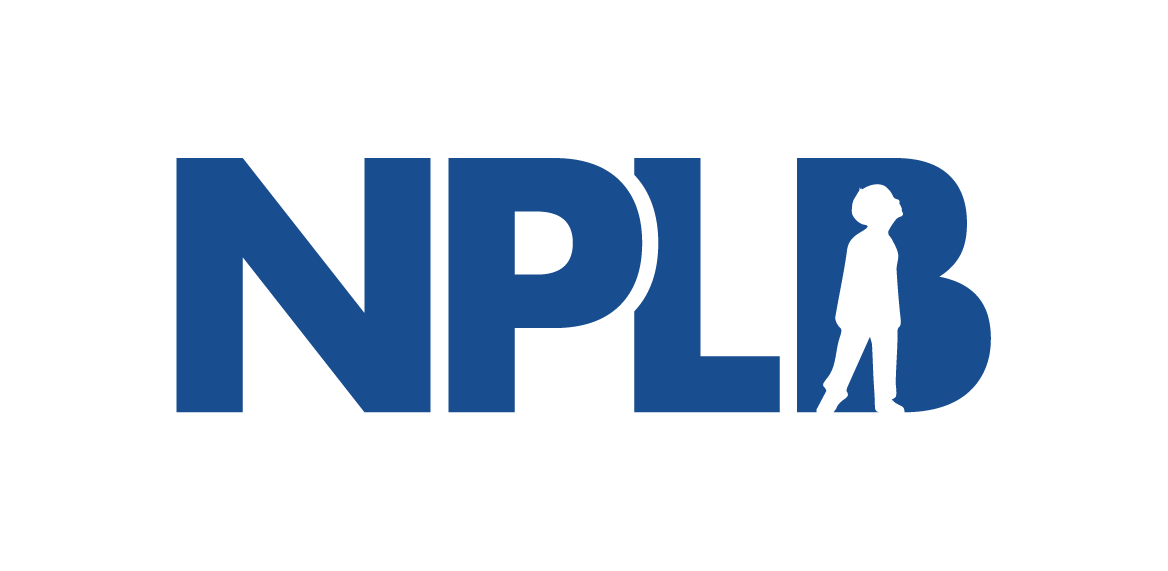Getting the math right when measuring the value of new medicines
Abstract:
Cost-effectiveness analysis (CEA) is commonly used to inform the assessment of value from new healthcare technologies. However, traditional CEA methods often fail to capture important components of social value for biopharmaceutical and other innovations.
Two examples are the failure of traditional CEA to account for diminishing returns to health improvement and its failure to account for declines in price as products lose market exclusivity, both of which would appear in “generalized cost-effectiveness analyses” (GCEA).
Methodology:
We investigated the effect of these two elements of social value on traditional CEA value assessments, using a sample of 20 traditional CEA health technology assessments conducted by the Institute of Clinical and Economic Review.
We accounted for diminishing returns using Generalized Risk-Adjusted Cost-Effectiveness (GRACE), and we accounted for changes in the price after the loss of market exclusivity—sometimes referred to as “dynamic pricing” effects.
We determined the effect on “value for money” and on the share of societal value estimated to accrue to innovators versus the rest of society.
Key findings:
In traditional CEA, 8 of the 20 medicines produced value for money. However, accounting for diminishing returns and dynamic pricing revealed that 17 of 20 produced value for money in our benchmark scenario, and 18 did so in a sensitivity analysis employing larger but plausible price declines after loss of market exclusivity.
In 13 of 20 cases in the benchmark scenario (or 14 of 20 in the sensitivity analysis), the majority of value flowed not to innovators but to the rest of society.
Traditional CEA methods omit sources of social value that appear quantitatively significant. Applying GCEA in health technology assessment can lead to more complete and accurate estimates of societal value, facilitating more efficient resource-allocation better aligned with the welfare of patients present and future.


